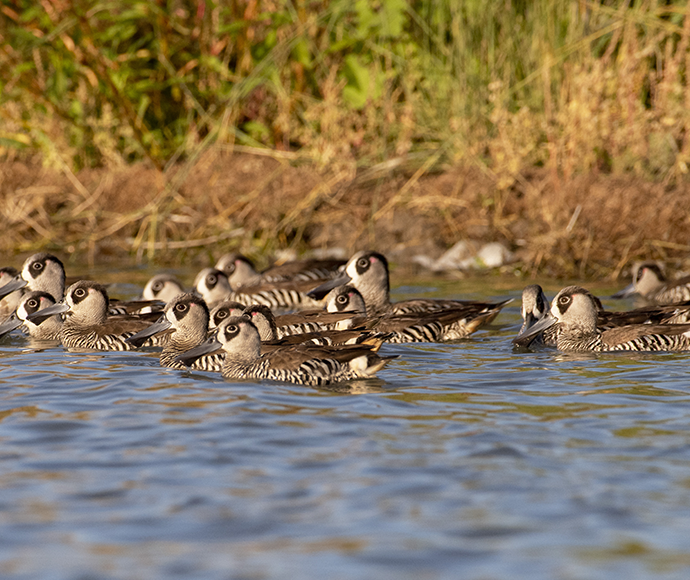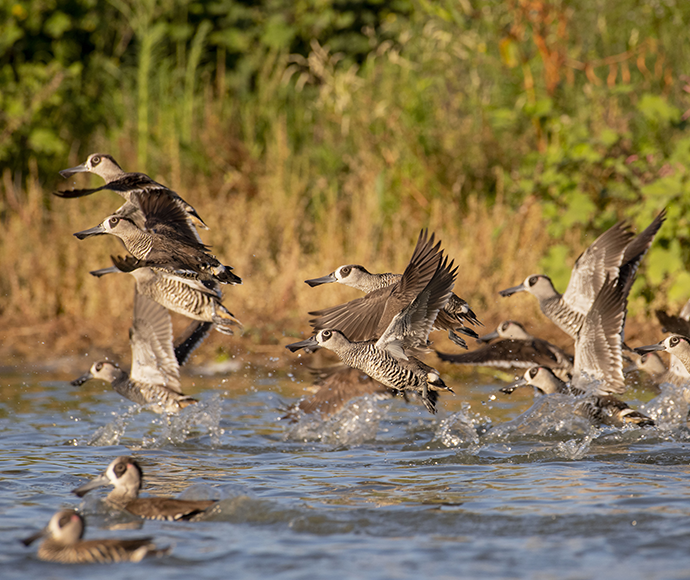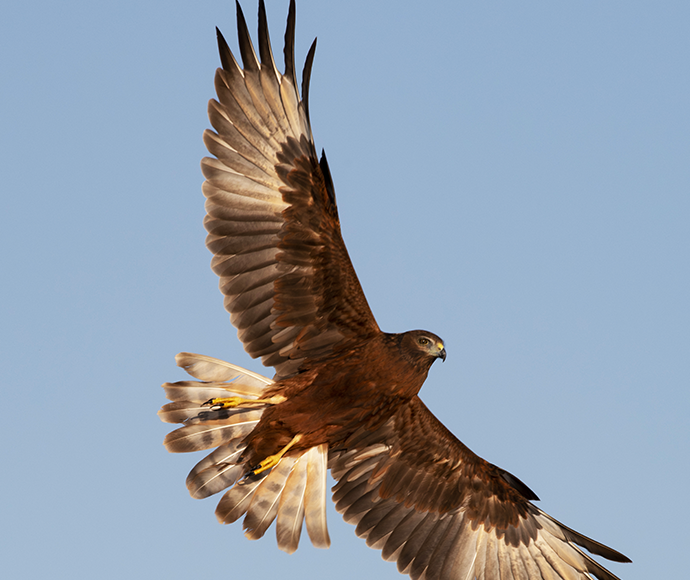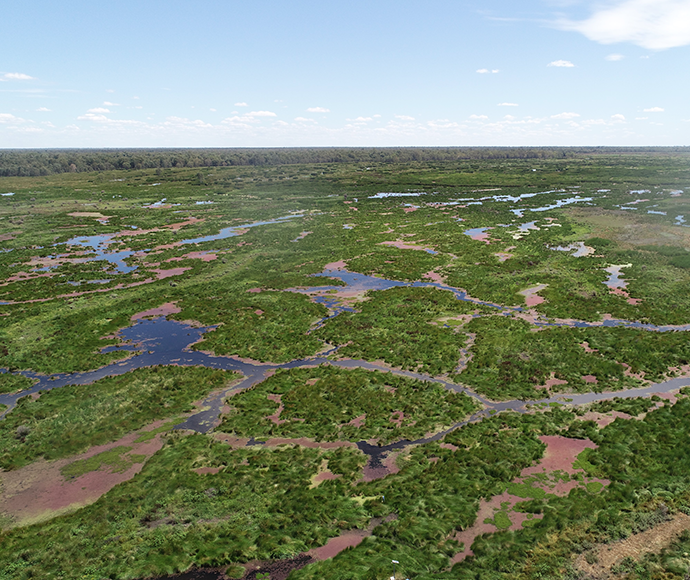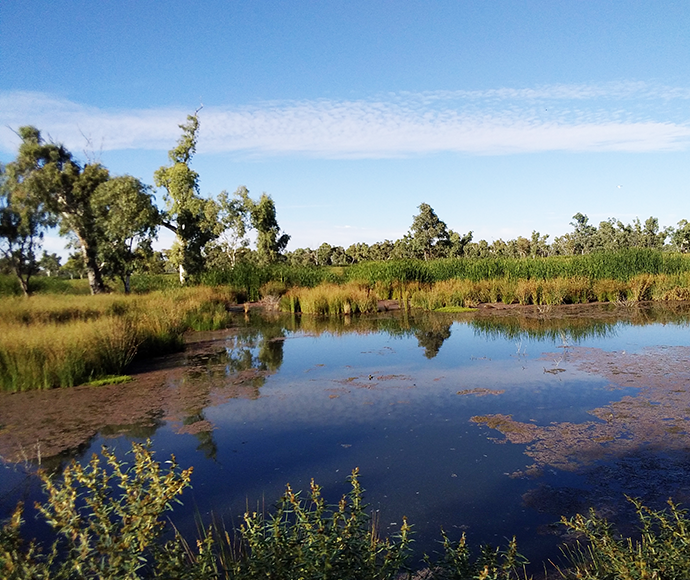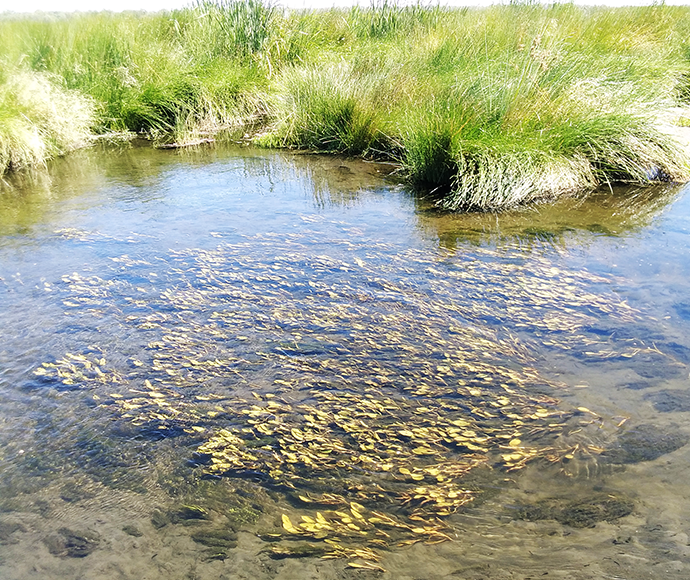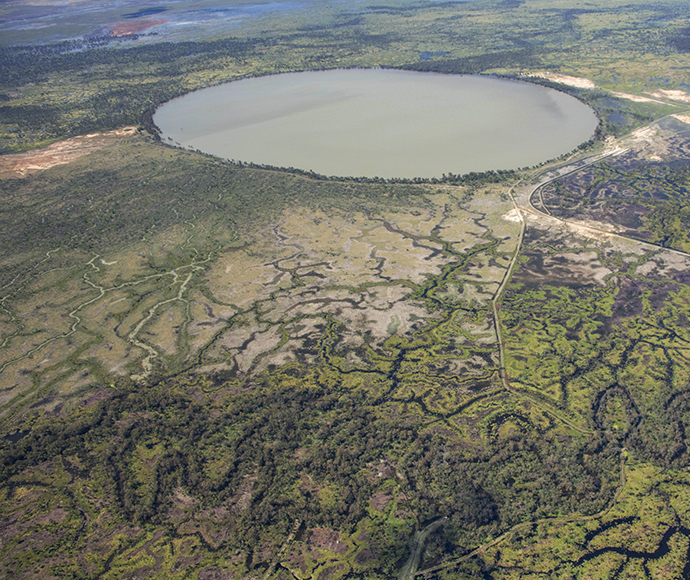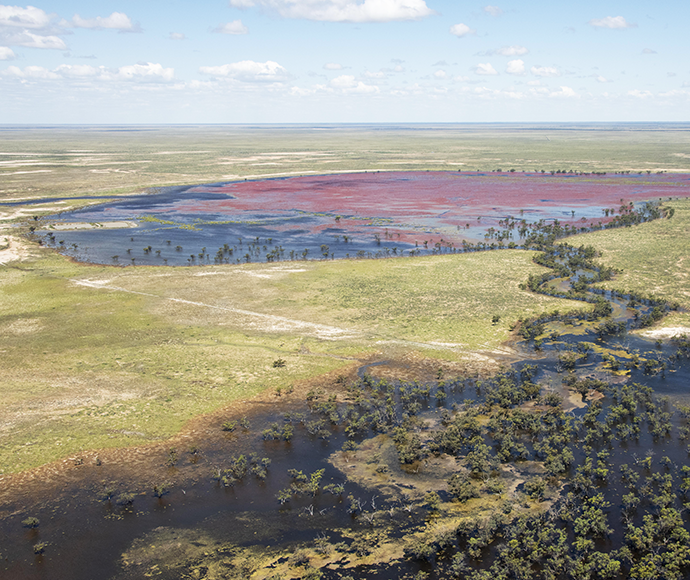On Thursday 27 April 2023, the Lachlan Environmental Water Advisory Group (EWAG) met online. The Environmental Water Advisory Group reviewed outcomes from recent environmental watering actions and discussed potential watering priorities for the 2023–24 water year.
Operations update
From January to April 2023, seasonally average rainfall totals of 55–350 mm were recorded across the Lachlan Valley. Below-average rainfall is forecast for May to July 2023, and the El Niño-Southern Oscillation (ENSO) status is neutral. Wyangala Dam has remained almost full since the floods, with a return to airspace management anticipated during the winter rainfall period.
Fish surveys
In March 2023, the Department of Primary Industries – Fisheries completed the most recent round of Basin Plan Environmental Outcomes Monitoring for fish. Large-bodied native species, including Murray cod and Golden perch, continued to be recorded. It was noted that some native fish were in poor condition, with a number of individuals observed with high loads of Lernaea, a parasitic crustacean that causes disease and can result in fish death.
In early March, small-scale fish deaths downstream of Willandra in the Lachlan River were reported. Low flows and high temperatures resulted in conditions that supported high algal levels, which are thought to have reduced dissolved oxygen (DO) levels in the water at night. The fish deaths are thought to be caused by poor-conditioned fish succumbing to the stress of low dissolved oxygen levels in the water.
In response, water for the environment was delivered downstream of Willandra using good-quality water sources until 16 April 2023. Dissolved oxygen levels improved, blue green algal loads were reduced, the local community reported a visual improvement in water quality, and no further fish deaths were recorded.
Vegetation survey results
In March 2023, monitoring of Phragmites reedbeds in the Great Cumbung Swamp was undertaken. The condition of the reeds is routinely monitored in areas that can and cannot be influenced by delivery of water for the environment. Drone analysis over the past 4 years shows that management of water for the environment has contributed to increasing the coverage of reeds from 30 to 100% in some sites. Data was also presented showing the relationship between the modelled natural flow regime at Hillston and the fluctuation of reedbed condition in the Cumbung.
Proposed watering actions 2023–24
At present, catchment conditions are showing a wet environment. Heading into the 2023–24 water year, there is a strong likelihood of high water allocations.
There were no plans at the meeting to deliver additional water for the environment this water year. This will allow for a natural drying phase.
The meteorological outlook for 2023–24 suggests drier conditions in spring and summer. The Environmental Water Advisory Group was presented with draft watering action options for their early consideration. These options include outflow and inflow wetlands and pelican breeding management at Lake Brewster.
Review of 2022–23 watering actions
A summary of watering actions for 2022–23 was presented to the Environmental Water Advisory Group. Approximately 36,000 megalitres of New South Wales and Commonwealth environmental water was used over 4 watering actions. The broad objectives of these watering actions were to:
- increase floodplain inundation and in-stream connectivity
- provide a more natural post-flood recession and recovery
- improve water quality
- support Australian pelican breeding at Lake Brewster.
Thousands of native waterbirds benefitted from the flooding conditions at Lake Brewster and across the catchment – including pink-eared ducks.
